The Capuchin Crypt | The Bones of Rome
I think most of us have a morbid fascination with death. For centuries, it has been common practice to use religion to understand and come to terms with life after death. Now, with extraordinary archaeological excavations at work, we come face to face with death on a more frequent basis. Think about the global obsession with Ancient Egypt and their remarkable process of mummification. Being able to see these have opened up so many new questions on the notion of the afterlife. It also shows that even though those who’ve died are gone, they are certainly not forgotten. The Capuchin Crypt draws upon this notion.
I believe the crypt extends it by displaying the bones of 4,000 friars and creating art with them. These bones are arranged throughout the crypt in various formations, including lamps, sculptures, mosaics, flowers, geometric shapes and various religious symbols. Walking past these walls, I couldn’t help but feel these crypts suggest there is beauty in death, and implying there should be nothing to fear in death!
The History of the Capuchin Crypt
The Ordo Fratrum Minorum Capuccinorum, translated as the Order of Friars Minor Capuchin, was established in sixteenth-century Italy by Matteo Bassi. He was a Franciscan friar who felt that the order had drifted from following the humble practices of St. Francis. To this end, he created the Capuchins as a reformist movement in the 1520s. Inspired by the ideals of St. Francis, the friars devoted themselves to solitude and penance. They live according to the ideals of simplicity and of having a passion for peace, honesty, and charity! Despite their devotion, the early order faced much hostility. As a result, Bassi returned to the Franciscans but the others have survived.
Indeed, the Capuchin Crypt is home to Friars (brothers and priests) who follow this Roman Catholic religious order. I use the present tense ‘follow’ as the Crypt, otherwise known as the Church of Santa Maria della Concezione dei Cappuccini, is still in use by the St. Francis devotees.
In 1631, the Capuchin friars moved to their current home. Under the commission of Pope Urban VIII, the friars took the remains of their deceased brothers with them. Following their relocation, the friars constructed this macabre crypt. It was designed as a place of reflection, humility, devotion, and prayer! But I think it is also a clear sign of defiance and strength, showing the world the Capuchins have overcome hostility and have remained in control!
The Museum
The museum precedes the entrance to the crypt and it is devoted to the history and development of the Capuchin order. It offers an insightful glance into the ethos of the Capuchin order and shows their humanitarian work throughout centuries, including the Second World War! Along with all this, the museum illustrates the Capuchin community by using a wide range of artefacts associated with the friars. They have vestments, manuscripts, reliquaries and paintings on show. Most famously, the museum features a stunning painting by Caravaggio, St. Francis in Meditation!
Inside the Capuchin Crypt
To get inside the Capuchin Crypt you have to walk through the museum. The crypt itself is a corridor that passes through a series of six small chapels beneath the Church of Santa Maria. Within these five chapels are the bones and mummified remains of the aforementioned 4,000 deceased friars. These bones are elaborately stacked against the walls, creating enchanting Baroque patterns.
The five rooms all have names:
The Crypt of the Skulls,
Crypt of the Pelvises,
The Crypt of the Leg Bones and Thigh Bones
Crypt of the Three Skeletons
In this final chapel, there are some fully skeletal monks wearing their habits. The centre skeleton is enclosed in an oval that symbolises life coming to birth. In its right hand, the skeleton holds a scythe, a symbol of death while in its left hand there are scales. The scales symbolise the good and the evil deeds weighed by God when he judges the human soul. Above this is a plaque proclaiming, “What you are now, we once were; what we are now, you shall be.” I believe that this is a silent and poignant reminder of our mortality and the passaging of life on Earth.
Visiting the Capuchin Crypt
Firstly, since it is still a place of worship, visitors have to cover up, meaning you must wear clothing that covers knees and shoulders. To enter it is only €8.50 for adults and €5 for those under 18 and over 65. Additionally, In respect to the order, visitors are asked to keep their voice to a whisper, and photography is strictly forbidden.
While there is an overtly Catholic message, this place can be enjoyed by those who follow a different religion. It is worth visiting for its artistic merit and historical interest. Finally, as a highly evocative and atmospheric place, each visitor will experience personal and different emotions to the person standing next to them. It’ll prove to be an experience unlike any other.
If you enjoyed this post, check out my Rome Travel Itinerary and my guide to the Baths of Caracalla. Or, check out this Italy Travel Budget Calculator for more information regarding travel costs to Italy. Please leave a comment on this post and tell me if you’ve ever been here before. If so, did you enjoy yourselves?

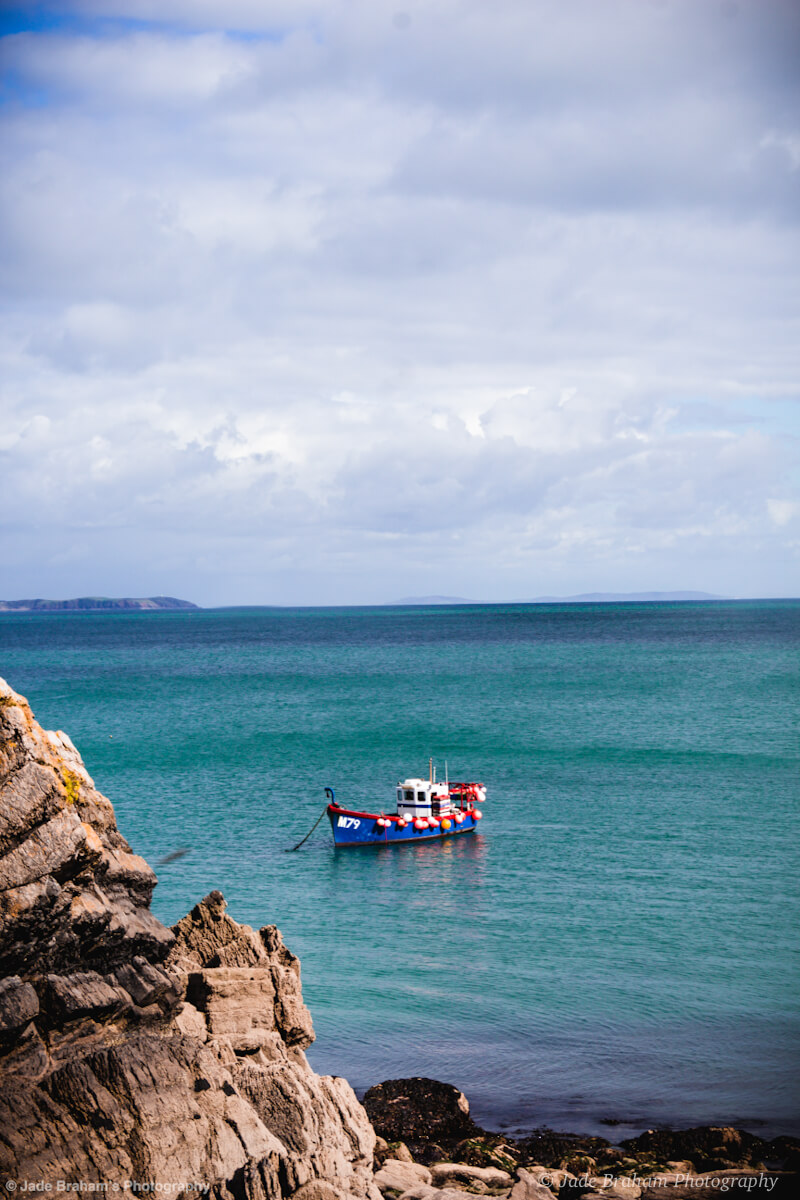

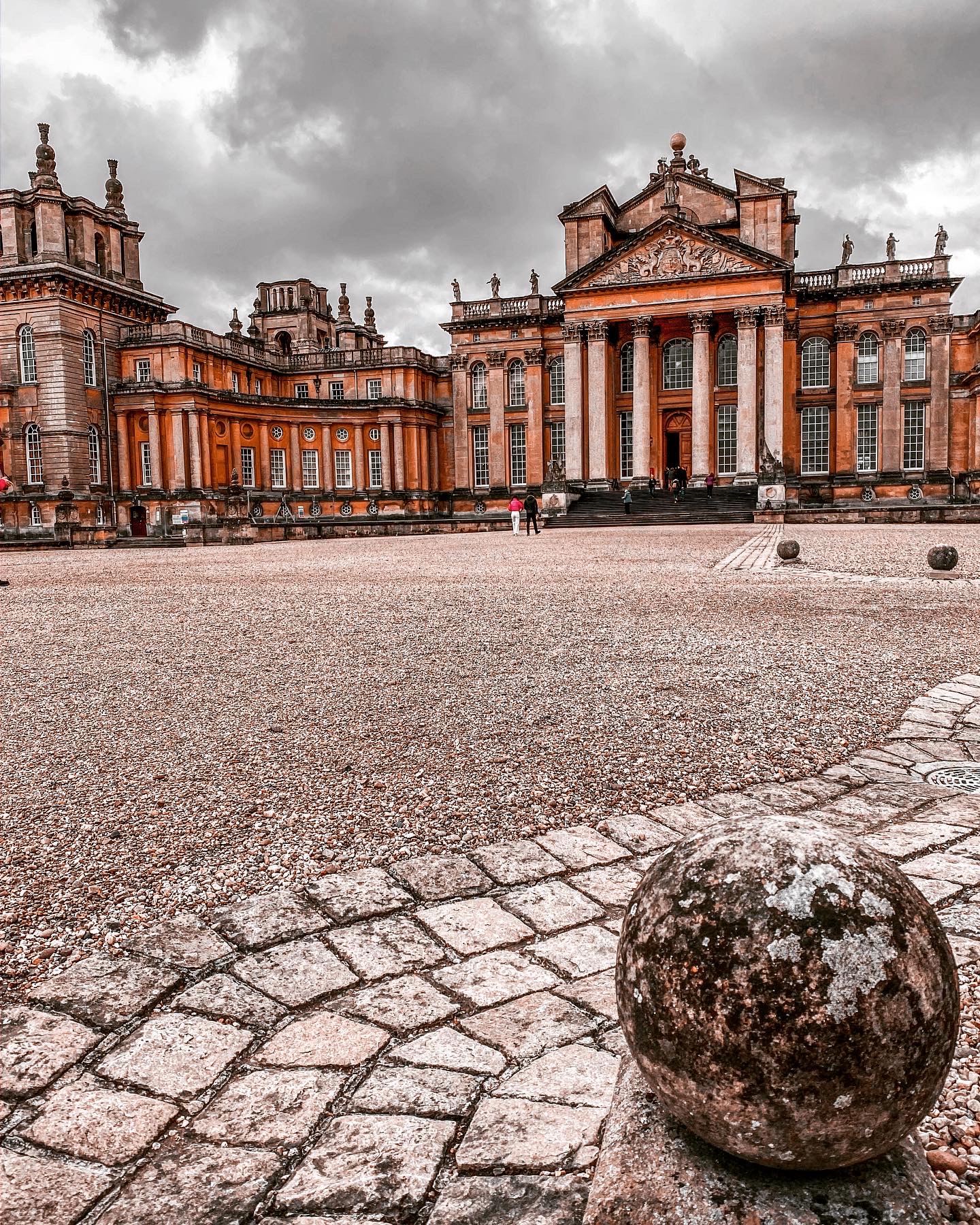
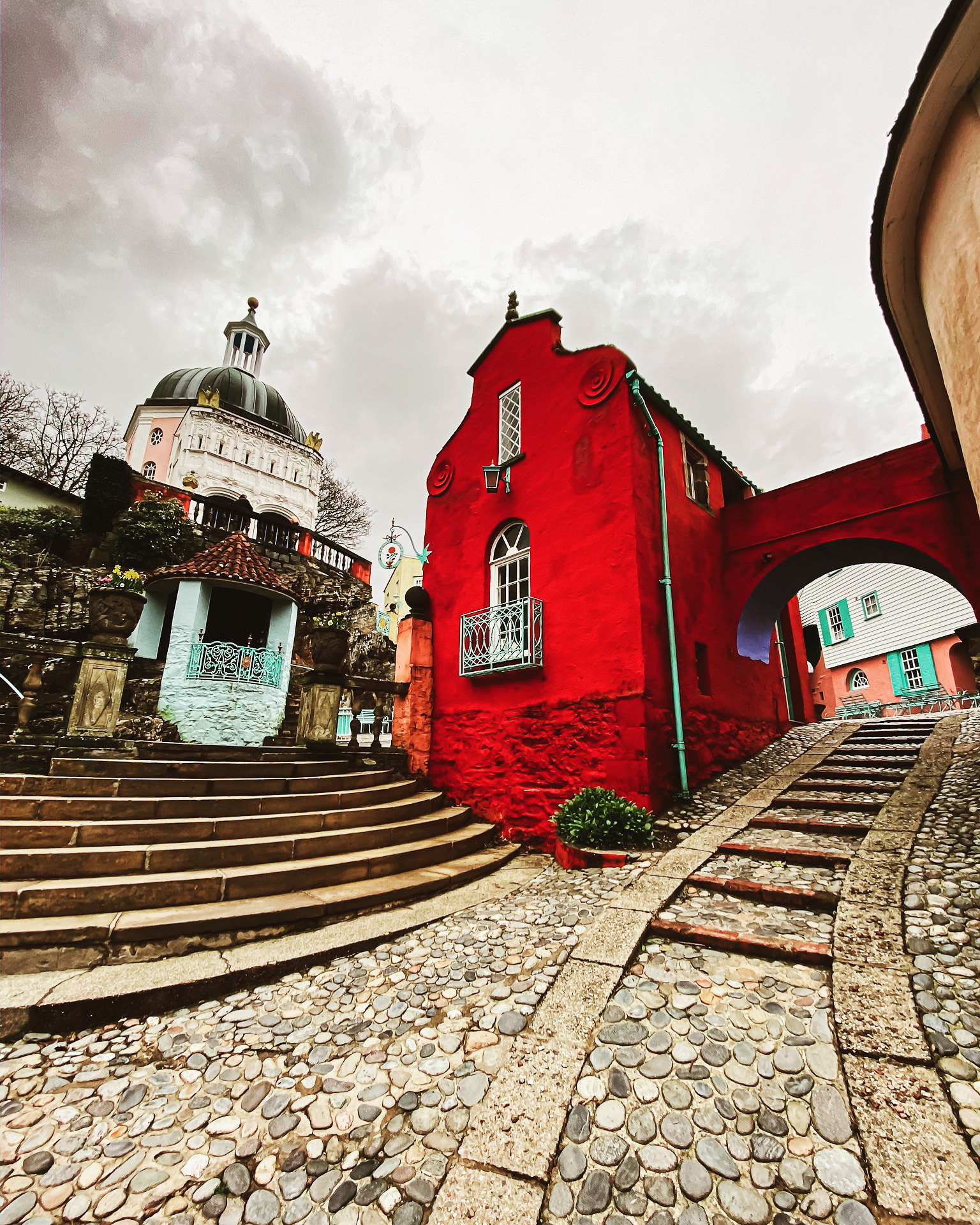
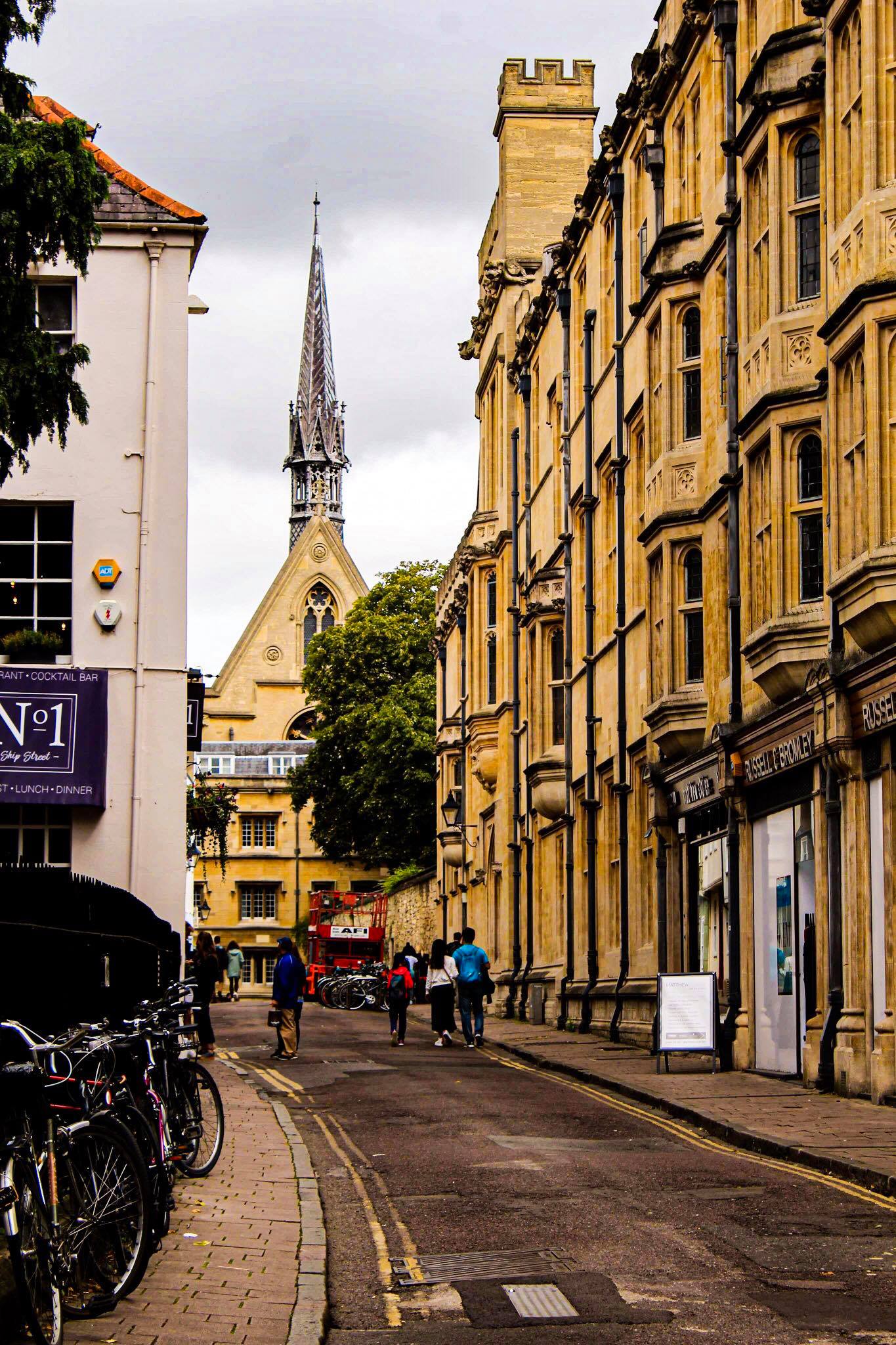
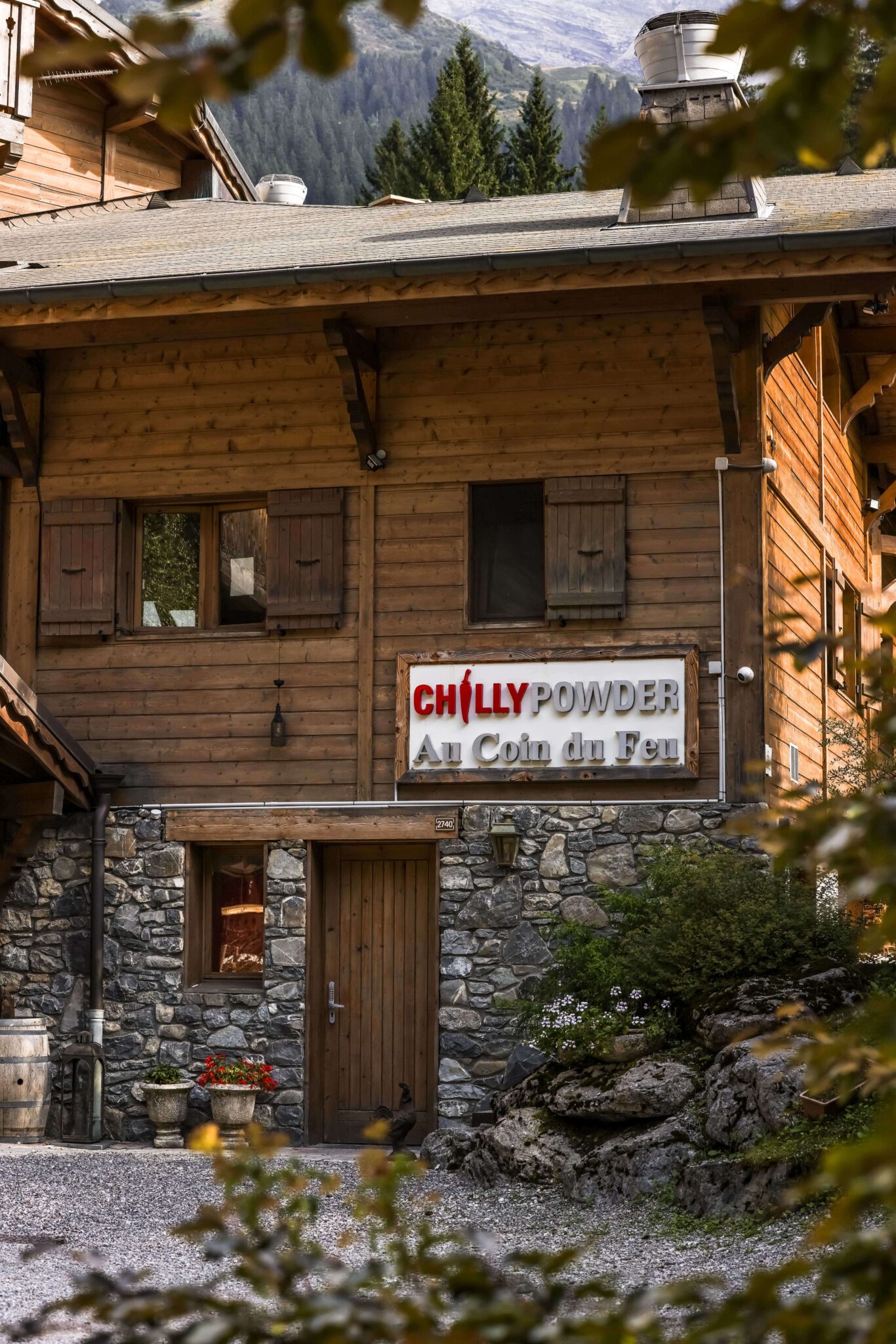
This crypt sounds fascinating – I’ve never heard of it. This, and the ICE CREAM CONE makes me want to hop a plane to Rome PDQ! Love your blogs!!
Thank you! If you hop on a plane take me with you!
Like I said above – your blog about Rome is brilliant and can ‘t wait to read up on Florence!
Thank you! I love your support!